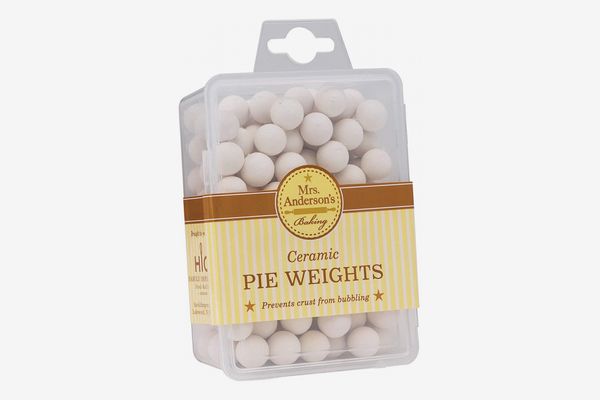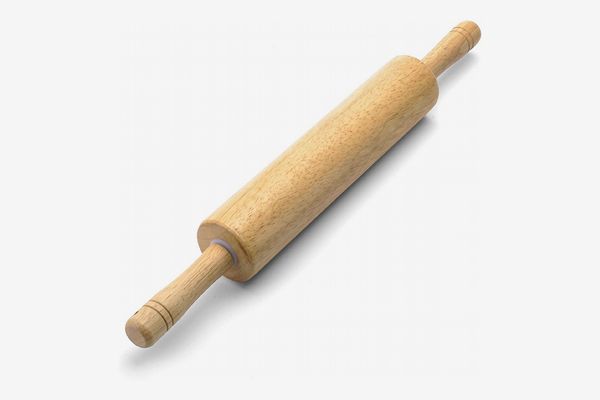
Though I have been trying to perfect the art for years, I am still not that good at baking pies. More specifically, I suck at pie crusts. I’ve gotten to a point where the pastry itself tastes consistently good, but the texture is never quite right. They’re a little tough or sometimes dense, or, worst of all, greasy at the bottom and overbaked around the rim. They’re edible, sure, but not necessarily something I’d be excited to serve to Mary Berry.
My failure isn’t for lack of trying, though — I’m always convinced my next pie will the best one. And over the course of making dozens, if not hundreds, of mediocre pie crusts, I’ve picked up tricks like using a metal pie tin instead of a glass one for a crispy bottom crust and blind-baking with pie weights. (Just line the crust with some parchment paper first, so you don’t burn your fingers trying to get them out — another mistake I’ve made.)
This Thanksgiving, when I decided to make three pies from scratch in 24 hours, I added another gadget to my list of must-have pie-making gear: this OXO dough-rolling bag. It’s just two big, floppy silicone discs connected by a zipper — so, of course, my dad thought it was totally unnecessary — but it’s the easiest way I’ve found to roll out my precious pie dough. I just lightly flour the inside, pop the chilled pie dough into the bag, zip it up, then roll it out.
Because you’re doing all of the rolling in this bag, it minimizes the amount of counter space you’ll need, and the zipper ensures that any mess you make is contained. The non-stick silicone also keeps the pie crust from sticking to either the counter or the rolling pin, which prevents unnecessary tears. And since the dough bag is reusable, it’s a more eco-friendly option than the oft-recommended (and surprisingly expensive!) parchment or wax paper.
This translucent dough bag also has printed guidelines that help me see how far out I need to roll the dough in order to sufficiently cover the whole tin. Eliminating the eyeballing and guesswork means I’m less likely to create a messy patchwork of overworked, raw dough. That also makes the whole crust a little more presentable, and the edges slightly easier to crimp and manipulate as needed.
The bad news is that none of the three pies I made on Thanksgiving were perfect. The two butternut squash pies I baked had creamy, sweet fillings, but one had a crust that cracked your teeth (due entirely to the fact that I forgot to take it out of the oven in time), and though I finally got a good-enough crust for my pecan pie, the corn syrup-based filling didn’t quite hold its shape when I cut into it. But at least I now have a tool to add to my pie-making arsenal that makes one step of the process — rolling out the dough — easier than before. Here’s hoping that my next pie really will be the best one yet.
Other essential pie-making tools
There’s near-constant debate about which type of pie pan — glass, metal, or ceramic — is the best, but for my money, a simple metal pie pan ensures the most consistent results, especially when blind-baking is involved.
And if you are blind-baking, do not forget the pie weights.
Have I ever rolled out a pie crust with a recently-emptied wine bottle? Of course (and, somewhat surprisingly, it worked very well). But using a proper rolling pin is much, much easier.
The Strategist is designed to surface the most useful, expert recommendations for things to buy across the vast e-commerce landscape. Some of our latest conquests include the best acne treatments, rolling luggage, pillows for side sleepers, natural anxiety remedies, and bath towels. We update links when possible, but note that deals can expire and all prices are subject to change.
Every editorial product is independently selected. If you buy something through our links, New York may earn an affiliate commission.










